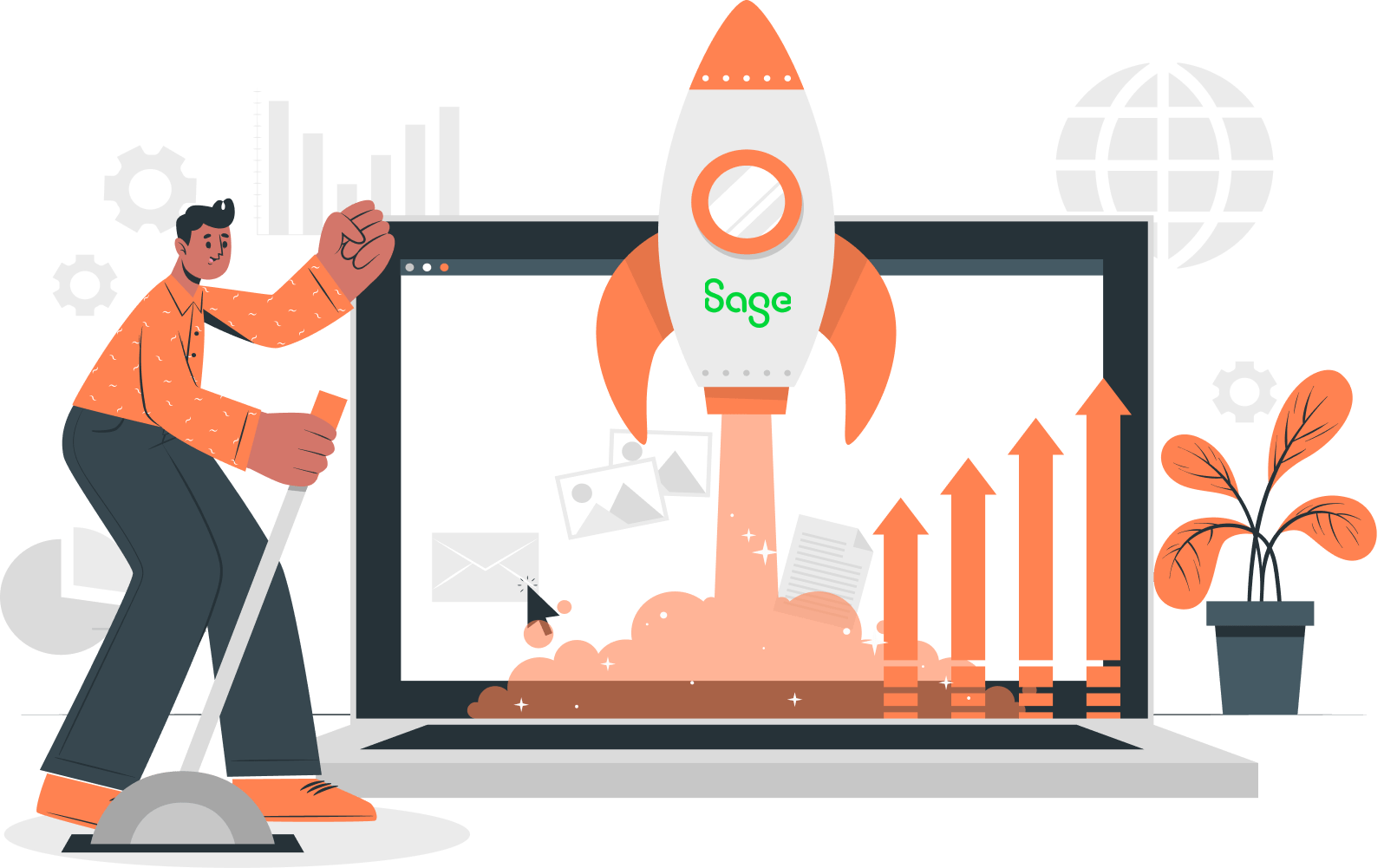August 24, 2021
Today’s consumers are different. They have higher expectations and expect online retailers to provide a smooth shopping experience. The differences between B2B and B2C shoppers are breaking down. This means that B2B shoppers who may have once tolerated a clunky or inefficient ordering process now expect the same easy ordering process as when they use Amazon or Walmart.com.
A recent study by research firms Catalyst and Kantar exposed how much consumer behavior patterns, buyer journeys, and customer expectations have changed.
Buyers Value Convenience and Shoppability over Price
For a long time, popular wisdom has held that consumers value low prices above all other considerations. In the Catalyst/Kantar study, 66% of respondents cited convenience as their main reason for choosing an online retailer, followed by shoppability at 57%, product assortment at 52%, and price/value at 47%.
What is shoppability? Shoppability is defined as when as store is easy or enjoyable to shop in. Online, shoppability also refers to when products have links making them immediately available for purchase. Both convenience and shoppability are defining features of the user experience.
That means that retailers need to put the user experience at the heart of their eCommerce store. This applies to both B2B and B2C retailers.
How to Increase Shoppability
There are several ways retailers can increase shoppability on their website.
• Bundling and cross-merchandising – Bundling is a well-known concept in the retail space. It involves selling different items that people often use together as a package. Similarly, online retailers should offer “recommended products” or “people who bought this product often also bought” sections. Retailers could also advertise “buy them together” packages at the bottom of the product listing. As an example, a listing for a package of marshmallows could include a link to buy a combined package of marshmallows + graham crackers + chocolate.
• Inventory optimization – Part of shoppability involves having the right product in stock. For a consumer, few things are more frustrating than picking the item you want, only for it to be out of stock. For retailers to provide an effective shoppable experience, advertised products must be in stock. If the product is not in stock, retailers should provide links to similar products.
• Product-agnostic landing pages – In addition to landing pages for specific products, retailers should have generic landing pages that feature all the promoted products in a category. For instance, if a retailer sells women’s shoes, they should have a generic “women’s shoes” landing page that features the different types of shoes they sell. This could include “sandals,” “boots,” “athletic,” “sneakers,” and more.
• Shoppability on owned sites and channels – Brands that promote on multiple channels, such as advertising on social media, should make their products available for purchase everywhere they are listed. If options like social selling (when products are sold directly via social media aren’t available) aren’t available, posting product links to your website is a good way to accomplish this.
How ERP eCommerce Integrations Increase Shoppability
Improving the user experience involves factors beyond improving your website. As an example, inventory optimization affects the user experience, but inventory decisions largely involve your business’s backend systems. Having the right inventory at the right time means reordering inventory when you run low and purchasing the products your customers want.
Inventory optimization on your website also involves connecting your website with your ERP or backend business software that tracks stocking levels. This ensures that when your website lists an item as being “in stock,” your business can ship it without delay. It also allows your website to list the current product stocking levels so that customers can view them.
An ERP eCommerce integration connects your ERP software to your website. A two-way integration allows information to flow both ways, so that information like Product, Pricing, and Inventory data stored in your ERP flows into your website. New Orders or updated Customer Information will flow from your website into your ERP.
ERP eCommerce integrations help retailers increase their website’s convenience and shoppability. They are a great way to improve the user experience. CertiPro specializes in Sage Magento integrations, also known as Sage Adobe Commerce integrations. Click one of the buttons below to learn more or to schedule a demo and see what a two-way ERP eCommerce integration can do for you.

